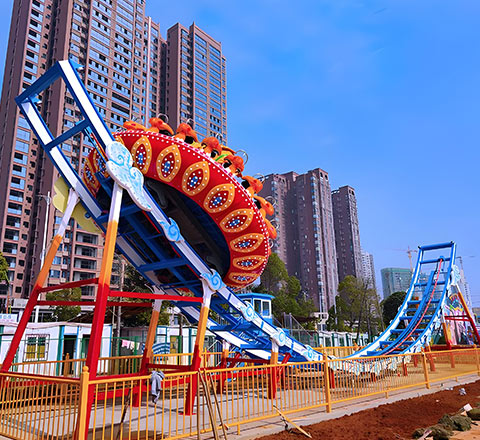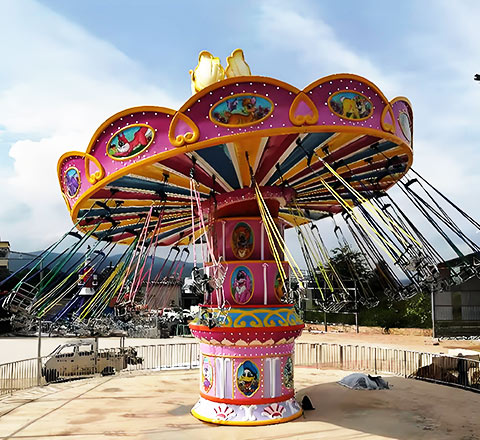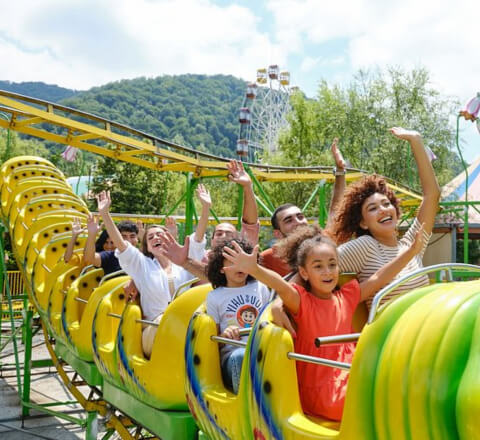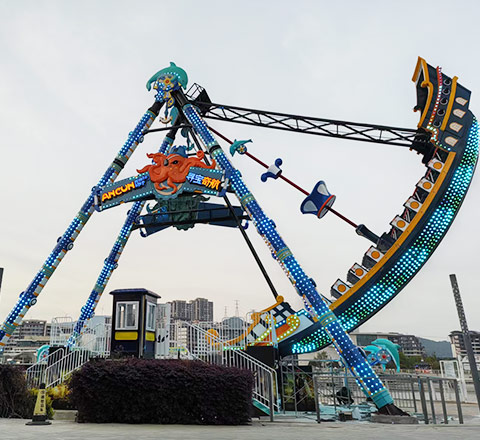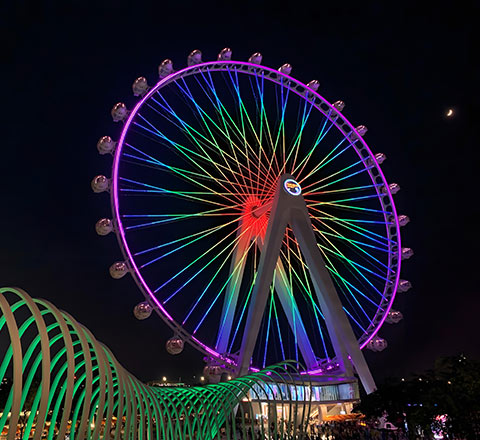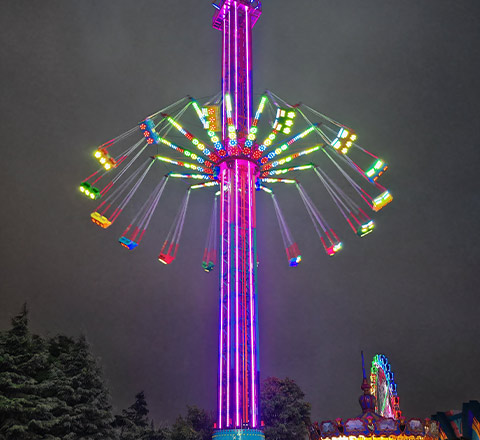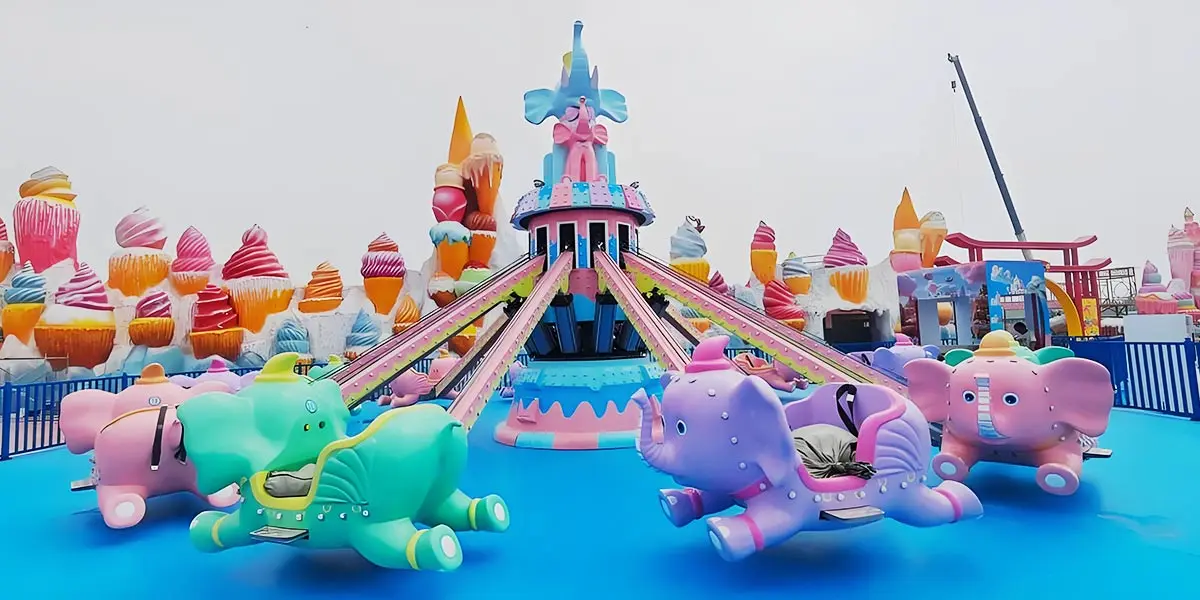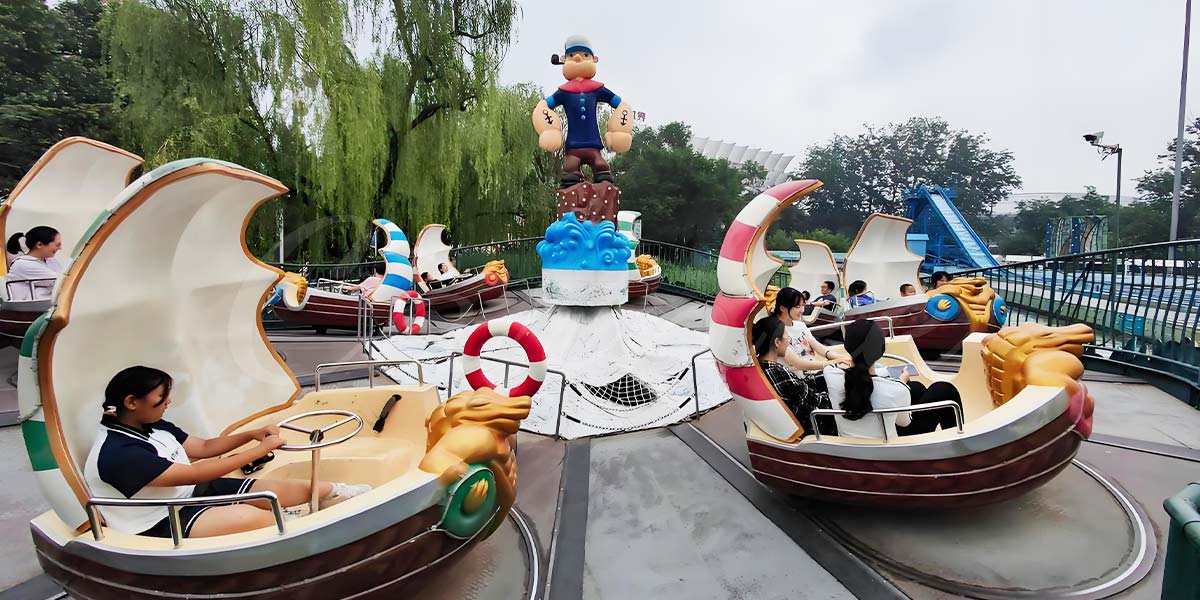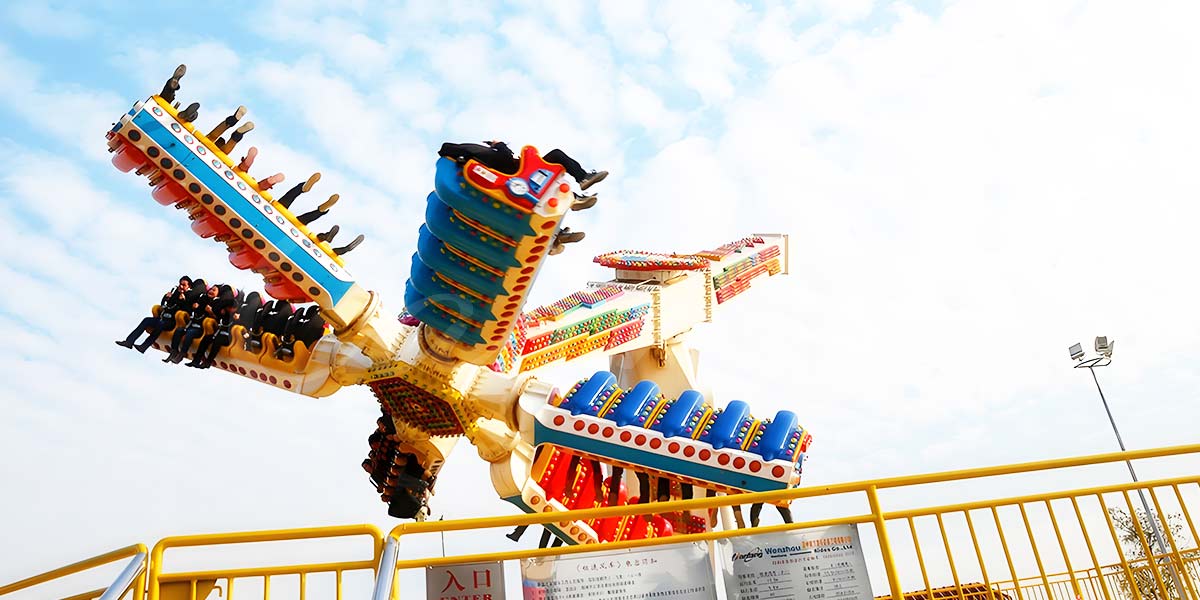Innovative Fun Park Design: Crafting Unforgettable Experiences
Designing a fun park isn’t merely about putting up a few rides and slapping on some colorful paint. It’s an intricate dance of imagination, engineering, and psychology, with the end goal always the same: to craft experiences people talk about for years to come. In today’s world, where visitors have seen it all and expect even more, how do you create a fun park that stands out from the crowd? There’s no single answer, but let’s dig into the secrets behind innovative fun park design, drawing on industry insights, personal observations, and a dash of creative flair.
The Foundations of Exceptional Fun Park Design
When most folks think of fun parks, iconic roller coasters and lively carousels spring to mind. But behind every memorable experience lies a carefully curated environment. Designers don’t just build rides—they craft entire worlds.
Key Elements of Fun Park Design
Based on what I’ve seen and learned (and yes, after one too many churros at my local amusement park), the most successful fun parks share several core features:
I’ve found that even the small details—like the curve of a pathway or the shade from a tree—can make or break guest enjoyment. After all, who wants to stand in the blazing sun for an hour?
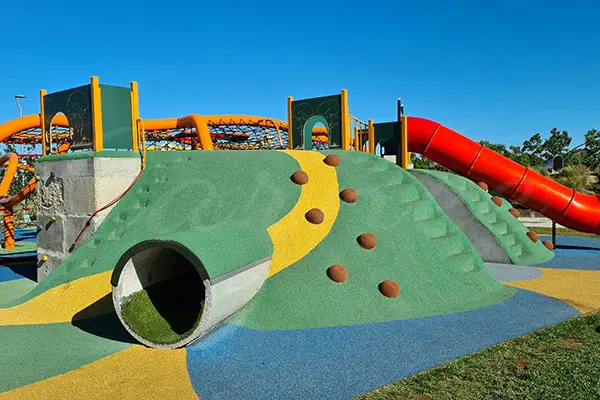
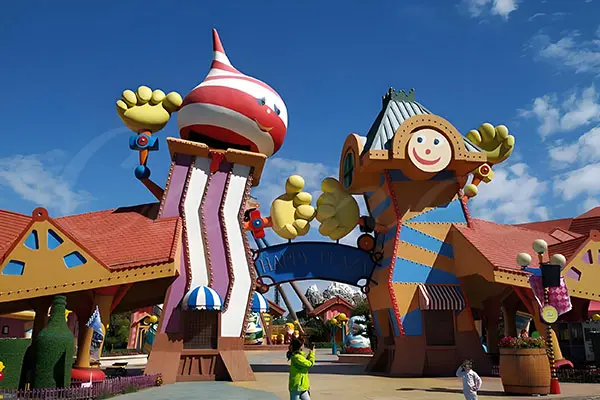
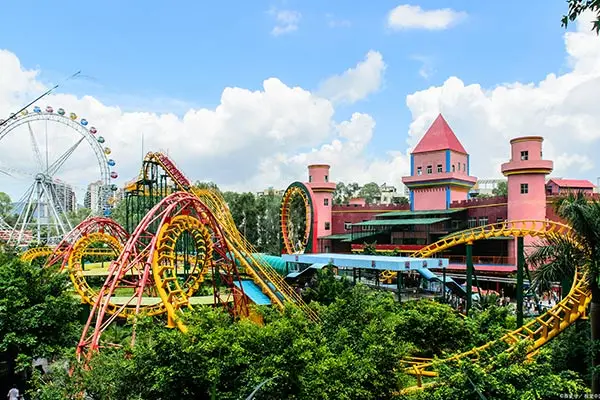
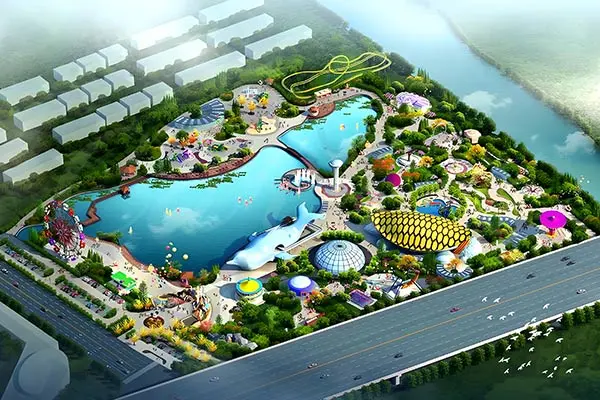
The Art and Science of Park Planning
Planning and designing a theme park is part creative brainstorm, part logistical puzzle. According to the pros at Raha Engineering Workshop, effective fun park design involves meticulous planning, engineering, and good old-fashioned ingenuity.
Steps in Fun Park Design
Here’s what typically goes down:
- Concept Development: Start with a vision—what’s the story, the mood, or the message?
- Master Planning: Lay out attractions, walkways, facilities, and green spaces. Every inch counts.
- Thematic Integration: Weave the chosen theme into rides, décor, staff uniforms, and even menus.
- Ride and Attraction Selection: Choose a mix that appeals to all ages, from adrenaline junkies to toddlers.
- Safety and Compliance: Incorporate strict standards for construction, maintenance, and daily operations.
- Guest Flow Analysis: Use data and on-site testing to ensure guests move comfortably throughout the park.
- Sustainability Considerations: Eco-friendly materials, energy-efficient lighting, and water-saving features aren’t just trendy—they’re essential.
Not every step is straightforward. Sometimes, a bold idea gets scrapped in favor of practicality. Other times, a last-minute brainstorm turns into the highlight of the park.
Creating Unforgettable Experiences: Beyond the Rides
The best parks linger in the memory not just because of their rides, but because of the atmosphere they conjure. From my own visits, I can tell you—sometimes it’s the unexpected street performance or the smell of fresh popcorn that truly elevates the day.
Strategies for Lasting Impact
According to ESACart, crafting unforgettable experiences means focusing on both fun and functionality:
- Seasonal Adaptation: Changing up attractions or decorations for holidays and seasons keeps things fresh (think haunted houses in October, snow play in December).
- Interactive Zones: Spaces for hands-on play, live shows, or meet-and-greets engage visitors on multiple levels.
- Food and Beverage Diversity: Offering unique snacks or themed dining experiences can be just as memorable as the rides.
- Smart Use of Technology: Mobile apps for navigation, virtual queues, and augmented reality games add modern magic to the visit.
- Personalization: From customizable souvenirs to digital photo ops, personalized touches create lasting emotional connections.
I’ll admit, there’s something special about watching a child’s face light up when they meet their favorite character or win a prize at a midway game. Those are the moments designers strive for.
Overcoming Modern Challenges
Of course, modern fun park design isn’t all fun and games. Designers face a heap of challenges—from rising costs and changing visitor expectations to climate concerns.
Top Challenges in Fun Park Design
- Budget Constraints: Dream big, but build within budget. Sometimes, compromises are necessary.
- Sustainability: Parks are under pressure to reduce waste, use renewable energy, and protect local ecosystems.
- Competition: With so many entertainment options, standing out is tougher than ever.
- Health & Safety Regulations: Especially post-pandemic, hygiene, crowd control, and emergency planning are non-negotiable.
In my experience, the parks that adapt quickly and keep the guest experience front and center tend to thrive. There’s no magic bullet—but a willingness to innovate helps.
The Future: Where Is Fun Park Design Headed?
Peeking into the crystal ball, what’s next for fun park design? If recent trends are any clue, we’ll see:
- Increased use of virtual and augmented reality to create new kinds of attractions.
- Modular, easily updated structures that keep experiences fresh.
- Greater emphasis on green design, from solar panels to living walls.
- Hyper-personalized guest experiences powered by AI and real-time data.
Will robots roam the midway? Maybe not tomorrow, but who knows? The only certainty is that the quest for the next unforgettable experience never ends.
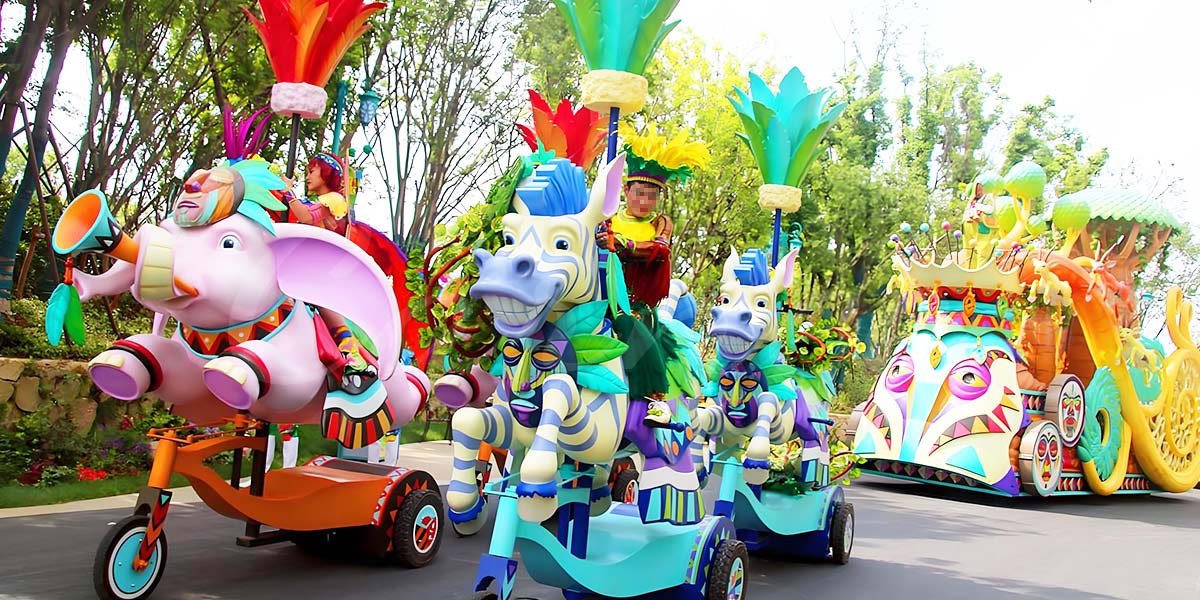
FAQ
Conclusion
Innovative fun park design is a blend of art, science, and a touch of magic. It’s about more than rides—it’s about crafting stories, evoking emotions, and bringing people together in joy. The best parks are never finished; they evolve, surprise, and delight, year after year.
If you ask me, the secret ingredient is simple: heart. A park built with heart will always leave guests wanting more.

